International
Peru braces for new rally in Lima despite state of emergency
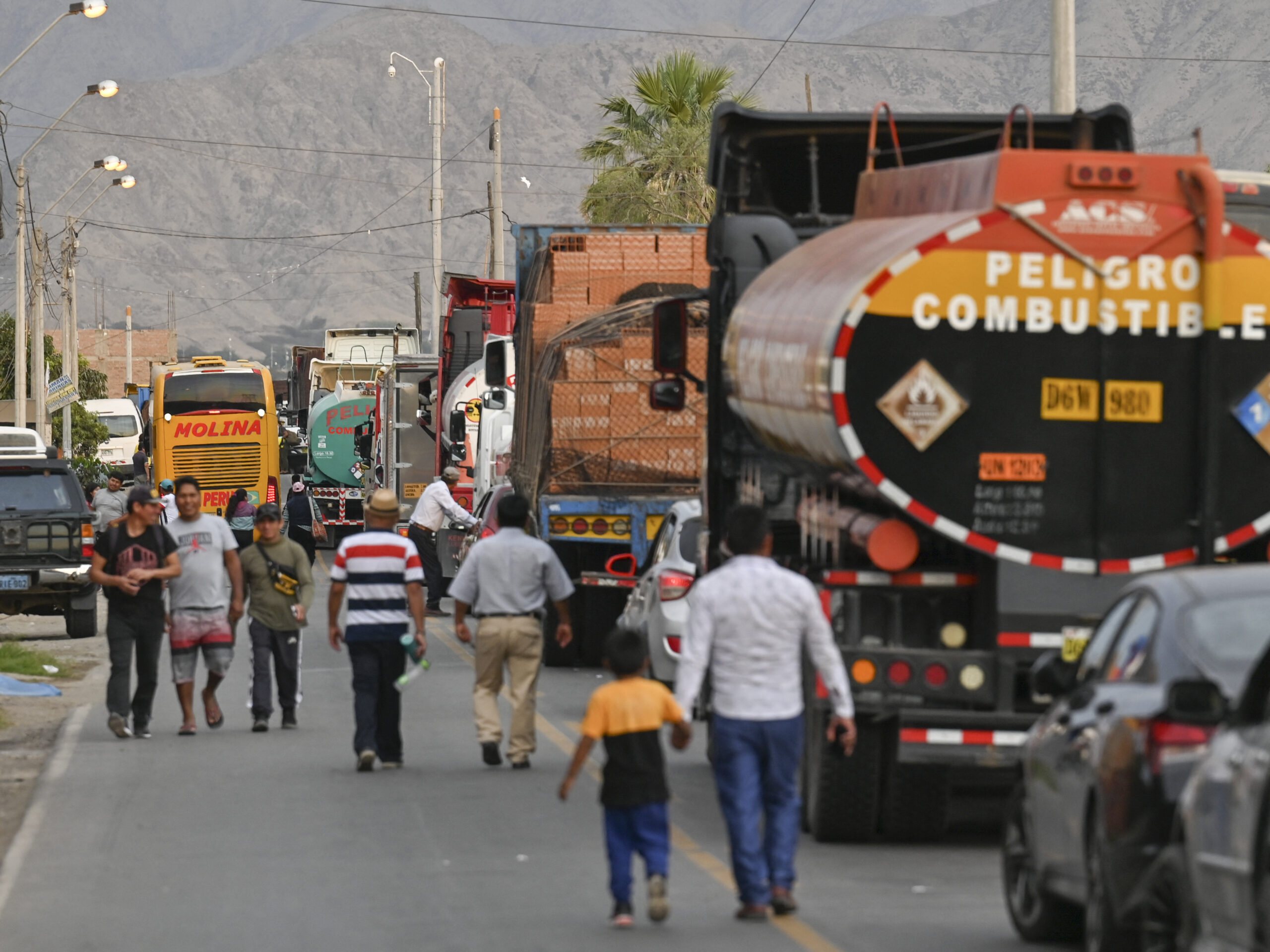
January 17 | By AFP |
Lima was bracing for a new rally against Peruvian President Dina Boluarte on Monday as thousands of demonstrators began mobilizing in the capital following weeks of deadly unrest.
Protesters from all over the country began heading to Lima over the weekend in a bid to maintain the pressure on authorities, even as a state of emergency war declared in a bid to maintain order.
At least 42 people have died in five weeks of clashes between protesters and security forces, according to Peru’s human rights ombudsman.
Supporters of ousted president Pedro Castillo — who was arrested and charged with rebellion amongst other offenses after trying last month to dissolve parliament and rule by decree — have set up burning roadblocks, attempted to storm airports and staged mass rallies.
They are demanding Boluarte’s resignation, the closure of Congress and fresh elections.
“We’re going to be in the capital to make our protest voice heard,” Jimmy Mamani, an Aymara indigenous leader from Puno region, told AFP.
Mamani, the mayor of a small village near the border with Bolivia, said peasants from all over Peru had arranged to meet up in Lima for a “peaceful” demonstration.
Protesters are set to defy a state of emergency in the capital.
“It’s not right that the executive cannot listen to our demands, they turn a deaf ear,” added Mamani, who ruled out dialogue with authorities.
At least 3,000 protesters from Andahuaylas in southeastern Peru were heading for Lima on Monday in a caravan of trucks and buses.
In Cusco province, dozens of peasants were organizing themselves to leave for the capital.
The government extended by 30 days a state of emergency from midnight Saturday for Lima, Cusco, Callao and Puno, authorizing the military to back up police actions to restore public order.
The order also suspended constitutional rights such as freedom of movement and assembly, according to a decree published in the official gazette.
In protest epicenter Puno, the government declared a new night-time curfew for 10 days, from 8:00 pm to 4:00 am.
Almost 100 stretches of road remained blockaded Sunday in 10 of Peru’s 25 regions — a record, according to a senior land transport official.
Castillo, a former rural school teacher and union leader, faced vehement opposition from Congress during his 18 months in office and is the subject of numerous criminal investigations into allegations of widespread graft.
His December 7 ouster sparked immediate nationwide protests, mainly among the rural poor.
– ‘Terrible cruelties’ –
In the run-up to Monday’s demonstrations, attitudes among both protesters and government officials appeared to harden.
“We ask that Dina Boluarte resign as president and that Congress be shut down. We don’t want any more deaths,” Jasmin Reinoso, a 25-year-old nurse from Ayacucho, told AFP.
Prime Minister Alberto Otarola called for protesters to “radically change” their tactics and opt for dialogue.
“There is a small group organized and paid for by drug trafficking and illegal mining that wants to take power by force,” Otarola said on local television.
Defense Minister Jorge Chavez said the government would do everything in its power “to avoid a violent situation” in Lima.
But he also pleaded with protesters to demonstrate “peacefully without generating violence.”
An Ipsos poll published Sunday said Boluarte had a 71 percent disapproval rating.
The unrest has been largely concentrated in the southern Andes, where Quechua and Aymara communities live.
The Inter-American Commission on Human Rights has said that in order to end the crisis, these groups need to be better integrated into Peruvian society.
– Radical groups? –
Peru has been politically unstable for years, with 60-year-old Boluarte the country’s sixth president in five years.
Castillo has been remanded in custody for 18 months, charged with rebellion and other crimes.
Authorities insist radical groups are behind the protests, including remnants of the Shining Path communist guerrilla group.
As proof, they have presented the capture this week of a former member of that organization, Rocio Leandro, whom the police accuse of having financed some of the unrest.
International
Rubio rules out 2028 presidential bid if Vance runs
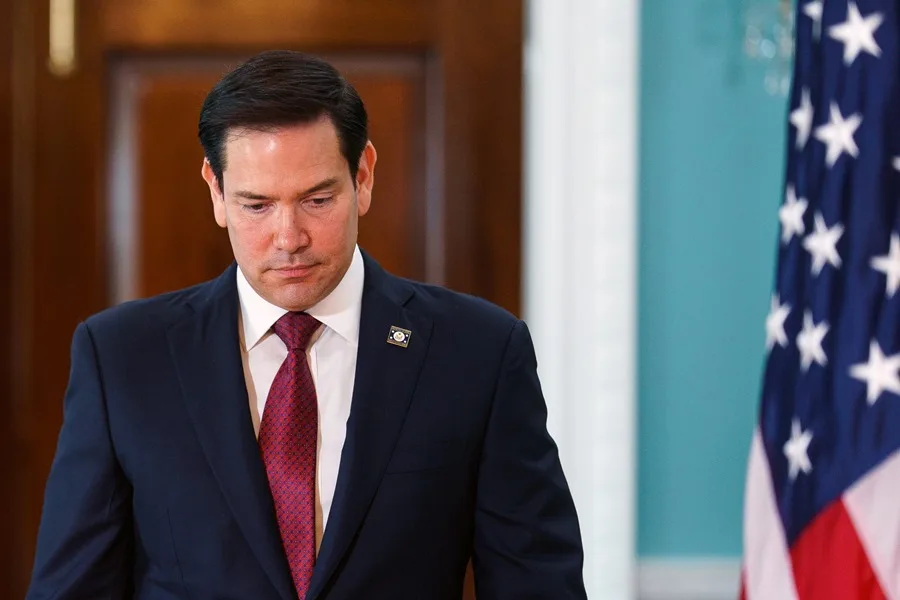
U.S. Secretary of State Marco Rubio said he would not seek the presidency in 2028 if current Vice President JD Vancedecides to run as the Republican nominee to succeed President Donald Trump.
“If JD Vance runs for president, he will be our candidate, and I will be one of the first people to support him,” Rubio said in an interview with Vanity Fair, in which he appeared alongside other senior members of the presidential cabinet.
Rubio, 54, and Vance, 41, are widely viewed as two of the leading Republican figures who could headline the party’s ticket in the 2028 election. Under the U.S. Constitution, Trump is barred from seeking another term after completing two presidential mandates.
In a lighthearted moment during the interview, Vance jokingly offered photographers $1,000 if they managed to make him look better than Rubio in the photos. Both leaders have received public backing from Trump, who last October floated the idea of a joint ticket featuring Rubio and Vance, without clarifying who would lead it.
“I think that if they ever teamed up, they would be unstoppable. I don’t think anyone would run against us,” Trump said at the time.
White House Chief of Staff Susie Wiles, who also took part in the interview, confirmed that Trump does not intend to violate the 22nd Amendment, which prohibits a third presidential term, though she acknowledged that the president is “having fun” with speculation about a possible return to office.
Rubio, the son of Cuban immigrants, served as a Republican senator from 2010 to 2025. He sought the party’s presidential nomination in 2016 but was defeated by Trump after a bruising primary contest. His name was floated as a potential vice presidential pick in 2024, but Vance ultimately secured the spot. After taking office, Trump appointed Rubio as secretary of state, making him the first Latino to hold the position.
International
Authorities search for armed and dangerous suspect in fatal Brown University attack
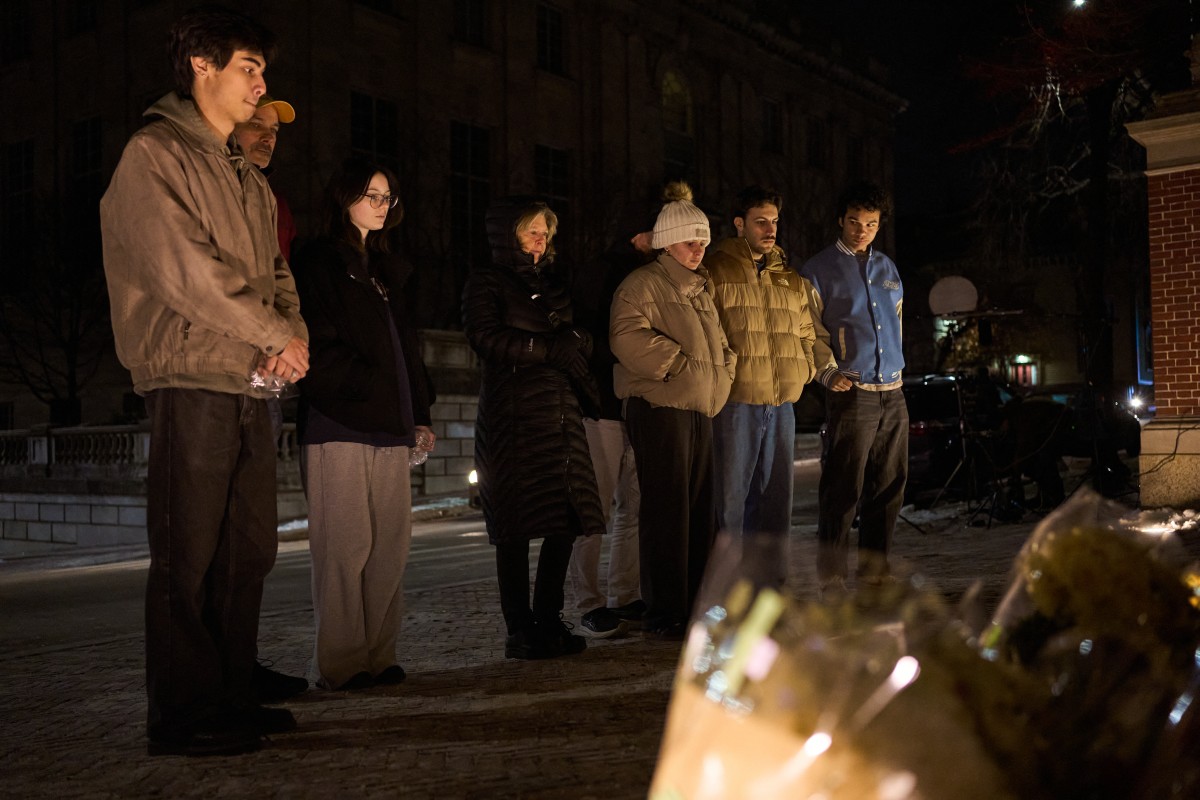
According to the statement, investigators are “seeking the public’s help to identify and speak with an individual” who was seen “near” the suspect at the time of the attack.
The Providence Police Department in Rhode Island released three photos of the person of interest, whose face has been blurred. In the images, the individual is wearing navy blue clothing, what appears to be a green hood, and carrying a light-colored backpack.
Earlier, authorities had released several photos and videos of a suspect described as “approximately 5 feet 8 inches tall, with a stocky build,” dressed in dark clothing, with their face covered by a surgical mask and wearing a beanie. The suspect’s identity remains unknown.
Authorities are offering a $50,000 reward for any information leading to the identification, arrest, and conviction of the person responsible for the killings, who is considered armed and dangerous.
The gunman opened fire on Saturday at Brown University’s engineering and physics building, where exams were being held, killing students Ella Cook and Mukhammad Aziz Umurzokov. The names of the nine people injured have not been released.
International
Police investigate deaths of Rob Reiner and wife as apparent homicide

The Los Angeles Police Department (LAPD) is investigating the deaths of Hollywood actor and filmmaker Rob Reinerand his wife as an “apparent homicide,” amid a wave of tributes to the director of classics such as When Harry Met Sally.
According to U.S. media reports on Sunday, Rob Reiner and Michele Singer Reiner were found dead at their Los Angeles mansion with what appeared to be stab wounds.
Several political figures shared messages of condolence following the reported deaths of the director of A Few Good Menand his wife.
While the LAPD did not officially confirm the identities of the victims, it stated that homicide detectives were dispatched to the Reiner residence.
“At this time, no additional details are available and the investigation into an apparent homicide is ongoing,” the Los Angeles Police Department said in a statement posted on social media.
LAPD Deputy Chief Alan Hamilton told reporters that no arrests have been made and that no individuals are currently being questioned as suspects.
“I’m not going to confirm whether anyone is being questioned at this moment or not. We are going to try to speak with as many family members as we can,” Hamilton said.
CNN reported that a family spokesperson confirmed the deaths of Reiner and his wife.
California Governor Gavin Newsom, former U.S. President Barack Obama, and former Vice President Kamala Harrisissued statements expressing their condolences.
-

 Central America5 days ago
Central America5 days agoPanama seizes over three tons of drugs hidden in Caribbean port container
-

 International4 days ago
International4 days agoPolice investigate deaths of Rob Reiner and wife as apparent homicide
-

 Central America4 days ago
Central America4 days agoOAS urges swift recount in Honduras as election results remain uncertain
-
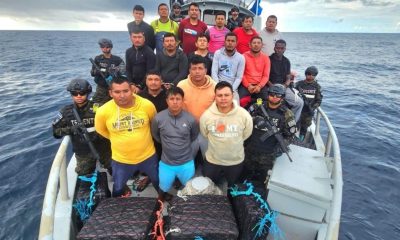
 Central America3 days ago
Central America3 days agoEl Salvador ranks among top countries in the Americas in fight against organized crime
-
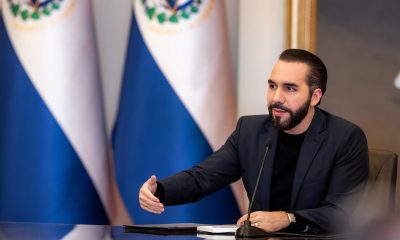
 Central America3 days ago
Central America3 days agoBukele says AI partnership with xAI will transform public education in El Salvador
-
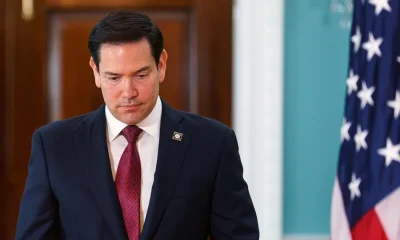
 International2 days ago
International2 days agoRubio rules out 2028 presidential bid if Vance runs
-

 Central America2 days ago
Central America2 days agoArrests and clashes in Tegucigalpa as vote count continues after Honduras election
-
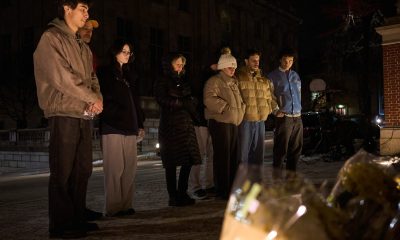
 International2 days ago
International2 days agoAuthorities search for armed and dangerous suspect in fatal Brown University attack


























